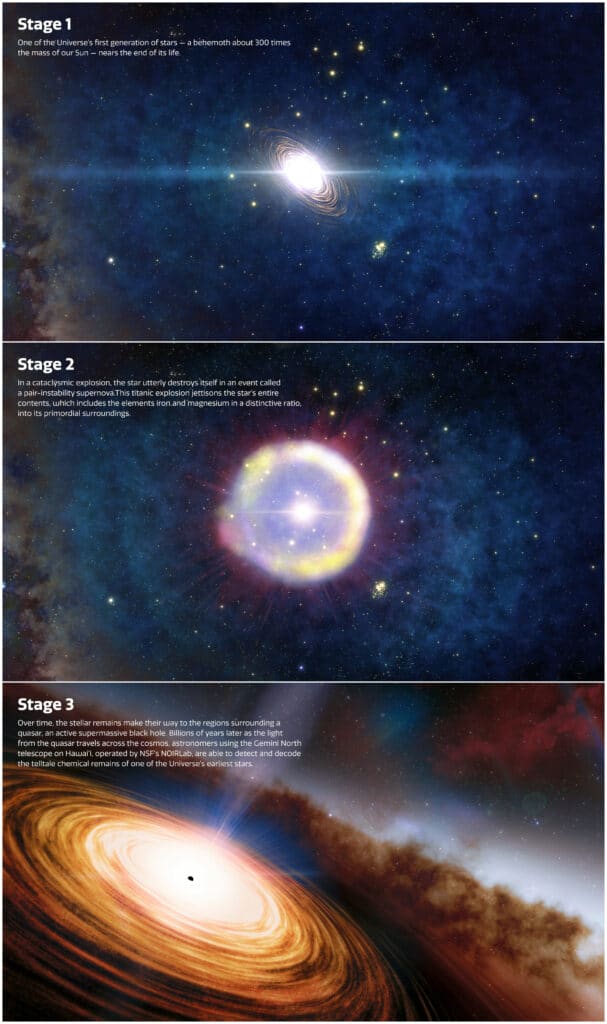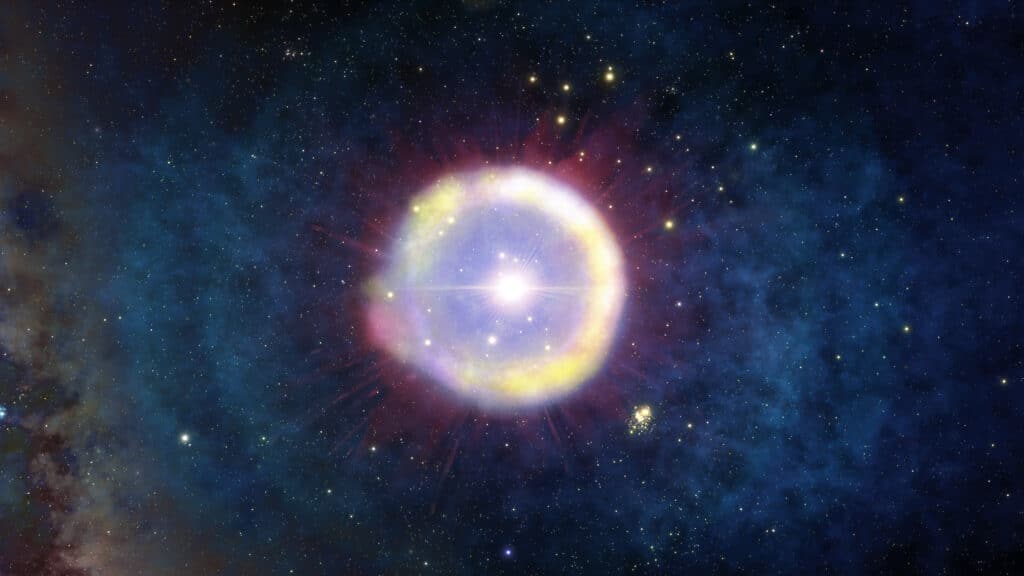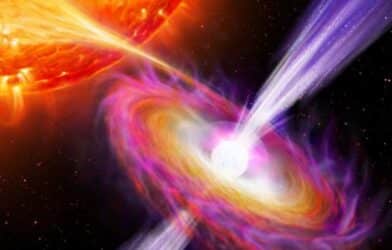Queen Liliuokalani was the last reigning queen of Hawai’i before the quiet and unmerited deposition of her by the United States. Shortly after, the famous island chain became an American territory and one of the last but influential states to join the Union. That’s old news but, we found even older news in the Astronomy community.
While Hawai’i is still known for its star-sand beaches and crystalline waters splashing against rocky island volcano cliffs — it’s now home to many telescopes.
Across the globe, governments and organizations scramble for purchases to prop up more Argus-like eyes gazing into the sky above. Wouldn’t you want to be stationed in Hawai’i at a telescope? Think of the lunch-break view below you, or above, or both.
The Gemini North Telescope (GNT) is nestled near the peak of a long-quiet volcano, Mauna Kea more than 4,000 feet above sea level. The air is dryer and cleaner up there. It offers fewer sources of light pollution to gaze up to the stars. This helps the GNT discover what scientists are speculating heavily are traces of the first stars.
Thanks to the island chain’s lack of densely populated areas and equal lack of light-pollution sources, these telescopes can see as well as or better than desert-based optics.
The Gemini North Telescope’s partner, Gemini South, sits in the crisp-aired and arid, tall peaks of the Chilean Andes Mountains. One eye for each of the Gemini twins, they observe the heavens with unparalleled definitiveness in measuring the cosmos thanks to the sophisticated hardware and absolutely dedicated teams.
The teams at NOIRLab have had their northern eye set on a quasar. This quasar seems to be an unusual arrangement of elements they argue and attribute to an all-encompassing detonation of a 300-solar-mass first-generation star.
Scientists believe that the very first stars are less than 100 million years old. This generation of stars known as Population 3 stars was so massive that they committed to supernovae and burst themselves all across the universe. Their leftover traces peppered the starscape with all the distinctive elements we find within space.
One hundred million years old is less than 1% of the estimated age of the universe.

Decades and decades of research and stone-turning have led to nothing cool to discover in this realm of science. Finally, now with better optics and technology, we have signs to argue over.
Scientists at the GNT facility argue that they have found potential evidence of the first materials to explode into existence. Using an innovative method, they were able to deduce that the chemical elements in the dust clouds of this ancient quasar contained an unusual and alarming composition: over ten times more iron than magnesium in the ratio compared to that in our sun.
Figuring out this super neato deduction isn’t easy, though, as the brightness in a line of a spectrum (viewed through a telescope and translated into visual representation) depends on many factors besides its actual elemental makeup.
Yuzuru Yoshii and Hiroaki Sameshima of the University of Tokyo, have taken on this endeavor by developing a method of using the intensity of wavelengths in a quasar spectrum to estimate the abundance of the elements present there. It was by using this method to analyze the quasar’s spectrum that they and their colleagues discovered the suspiciously low magnesium-to-iron ratio.
“It was obvious to me that the supernova candidate for this would be a pair-instability supernova of a Population III star, in which the entire star explodes without leaving any remnant behind,” Yoshii says in a statement. “I was delighted and somewhat surprised to find that a pair-instability supernova of a star with a mass about 300 times that of the Sun provides a ratio of magnesium to iron that agrees with the low value we derived for the quasar.”
The burnt-out Population 3 stars may be long gone but their genetic evidence is littered everywhere like seashells on a starry beach. You can’t take these shells home but, if you look up you’ll see we’re just celestial seashells on our gentle shore of the glittering sea of space.
Aloha ’oe! Malama pono! (Goodbye my love! Take care!)










-392x250.png)

